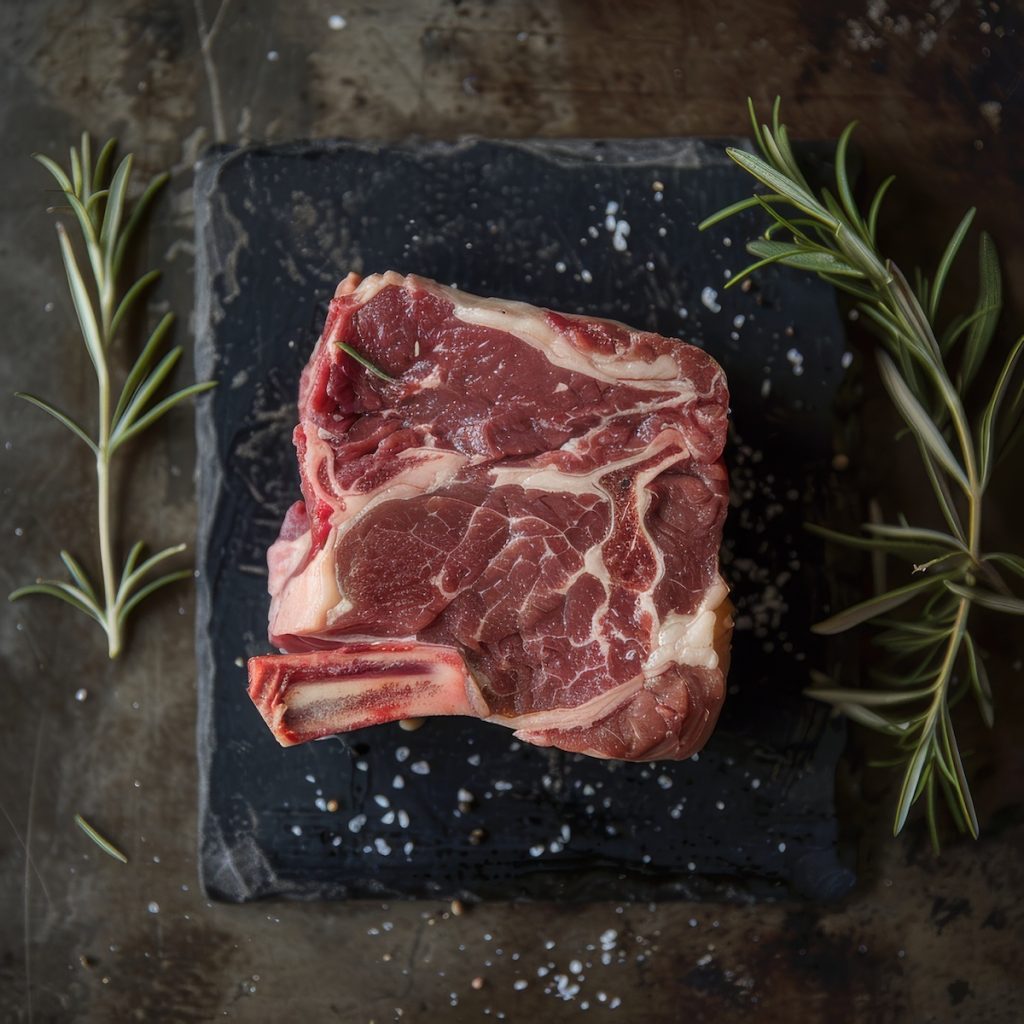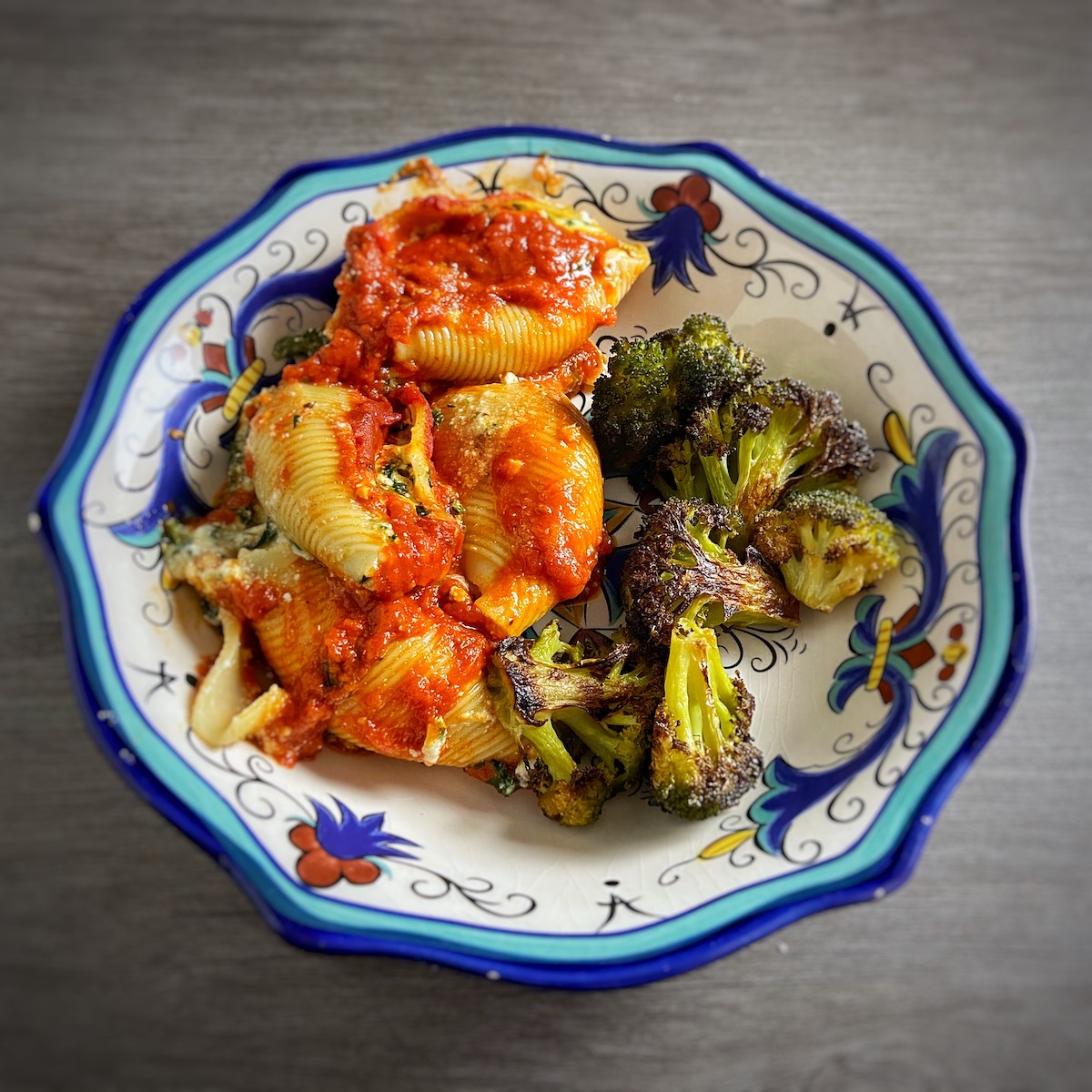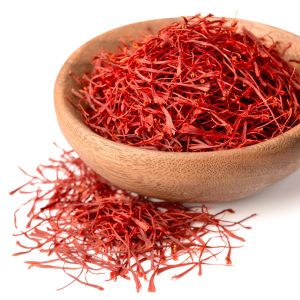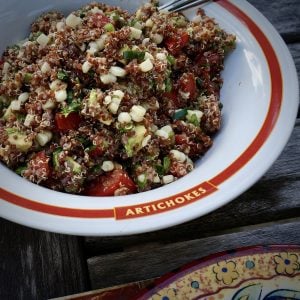How Little I Know About Côte de Bœuf
France is renowned for its culinary prowess, and its approach to butchery is no exception. While many are familiar with common cuts like ribeye and filet mignon, French butchers carve their beef with an artistry that reveals unique, lesser-known cuts, each with its distinct flavor and texture.
This post delves into four such French beef cuts that might surprise you with their versatility and richness. Each cut offers a new dimension to your culinary repertoire, from the tender and flavorful Bavette to Côte de Boeuf. We’ll also explore the lesser-known Faux Filet and Rumsteck with Roquefort Sauce, cuts cherished by French chefs for their tenderness and depth of flavor.
Whether you’re a seasoned gourmand or an adventurous home cook, these cuts will inspire you to experiment and elevate your beef dishes. Discover the history behind these cuts, learn how to prepare them, and get ready to impress with your newfound knowledge of French butchery. Join us on this gastronomic journey and uncover the secrets of these hidden gems of the beef world.
Côte de Boeuf
Côte de Boeuf, or rib steak, is a quintessential French cut of beef, celebrated for its rich marbling and robust flavor. This cut is essentially a thick, bone-in ribeye steak, taken from the prime rib section of the cow. The bone adds depth to the meat’s flavor during cooking, making it a favorite among beef connoisseurs.
The Côte de Boeuf is prized for its tenderness and succulence. The generous marbling of fat throughout the meat ensures a juicy, flavorful bite in every piece. When cooked, the fat melts into the meat, enhancing its natural flavors and creating a luxurious eating experience.
Traditionally, Côte de Boeuf is cooked on high heat to achieve a beautifully seared crust while maintaining a tender and juicy interior. It’s often served medium-rare to medium, allowing the fat to render and the meat to remain tender and moist.
In French cuisine, Côte de Boeuf is typically presented as an impressive centerpiece, perfect for sharing. It pairs wonderfully with simple sides like roasted potatoes, seasonal vegetables, and a rich béarnaise sauce or a dollop of herbed butter. For those looking to experience the essence of French beef at its finest, Côte de Boeuf is an indulgent and unforgettable choice.
Bavette
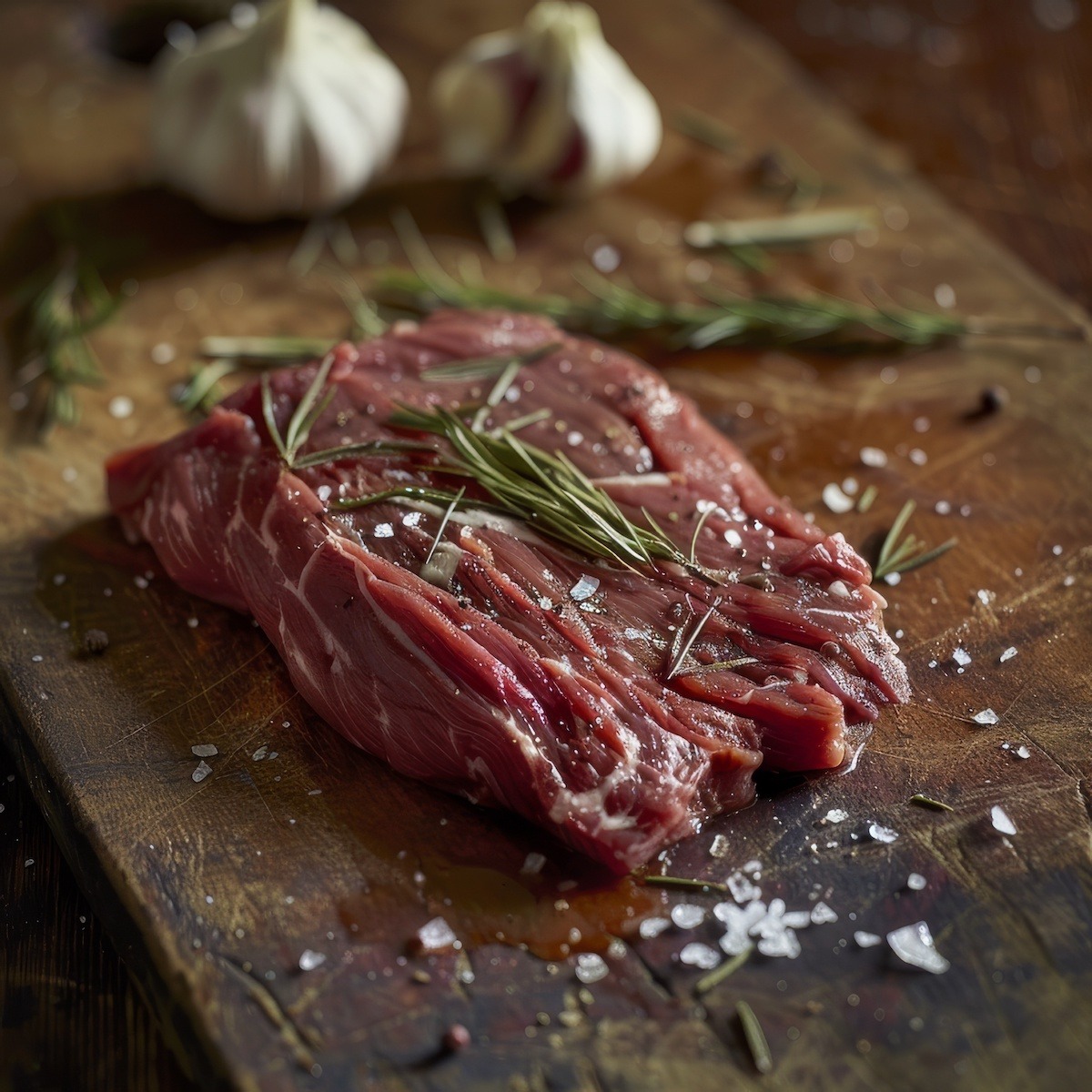
Bavette, also known as flap steak or sirloin flap, is a flavorful and versatile cut of beef that holds a special place in French culinary tradition. It is taken from the bottom sirloin or flank area of the cow, known for its robust beefy flavor and distinctive grain. Bavette is prized for its texture, which is slightly coarse yet tender when cooked correctly.
In French cuisine, Bavette is favored for its rich flavor profile and is often prepared using quick-cooking methods such as grilling, pan-searing, or broiling. Its natural marbling and connective tissue provide a good balance of tenderness and chewiness, making it a favorite for steak lovers seeking a hearty, flavorful bite.
When cooking Bavette, it is best served rare to medium-rare to preserve its juiciness and tenderness. The meat benefits from a simple seasoning of salt and pepper or a marinade that enhances its natural flavors without overpowering them.
Bavette is often sliced thinly against the grain before serving, which helps to maximize tenderness and allows diners to enjoy the meat’s full flavor. It pairs well with various accompaniments such as crispy fries, sautéed vegetables, or a fresh green salad, making it a versatile choice for a satisfying French-inspired meal.
Faux Filet
The faux filet, also known as the sirloin or strip steak, is a distinguished cut of beef in French cuisine. It is known for its balance of tenderness and flavor. This cut is taken from the sirloin section of the cow, specifically the area along the back of the animal, just behind the ribs. It’s a versatile cut with a special place in home kitchens and high-end restaurants.
Faux Filet is characterized by its fine grain and leaner profile compared to more marbled cuts like ribeye. Despite its lower fat content, it remains juicy and flavorful, especially when cooked properly. The meat’s natural tenderness makes it a favorite for grilling, pan-searing, or broiling, allowing for a perfect sear on the outside while maintaining a moist, tender interior.
Faux Filet is often prepared in French cooking to highlight the meat’s natural qualities. A quick seasoning with salt and pepper, followed by a sear in a hot pan, can bring out the best in this cut. It is typically served medium-rare to medium, ensuring it remains tender and juicy.
The Faux Filet pairs beautifully with various sides and sauces, from classic French accompaniments like pommes frites and green beans to rich sauces like a red wine reduction or a peppercorn sauce. This cut offers a delightful eating experience showcasing French butchery’s finesse and flavor.
Rumsteck with Roquefort Sauce
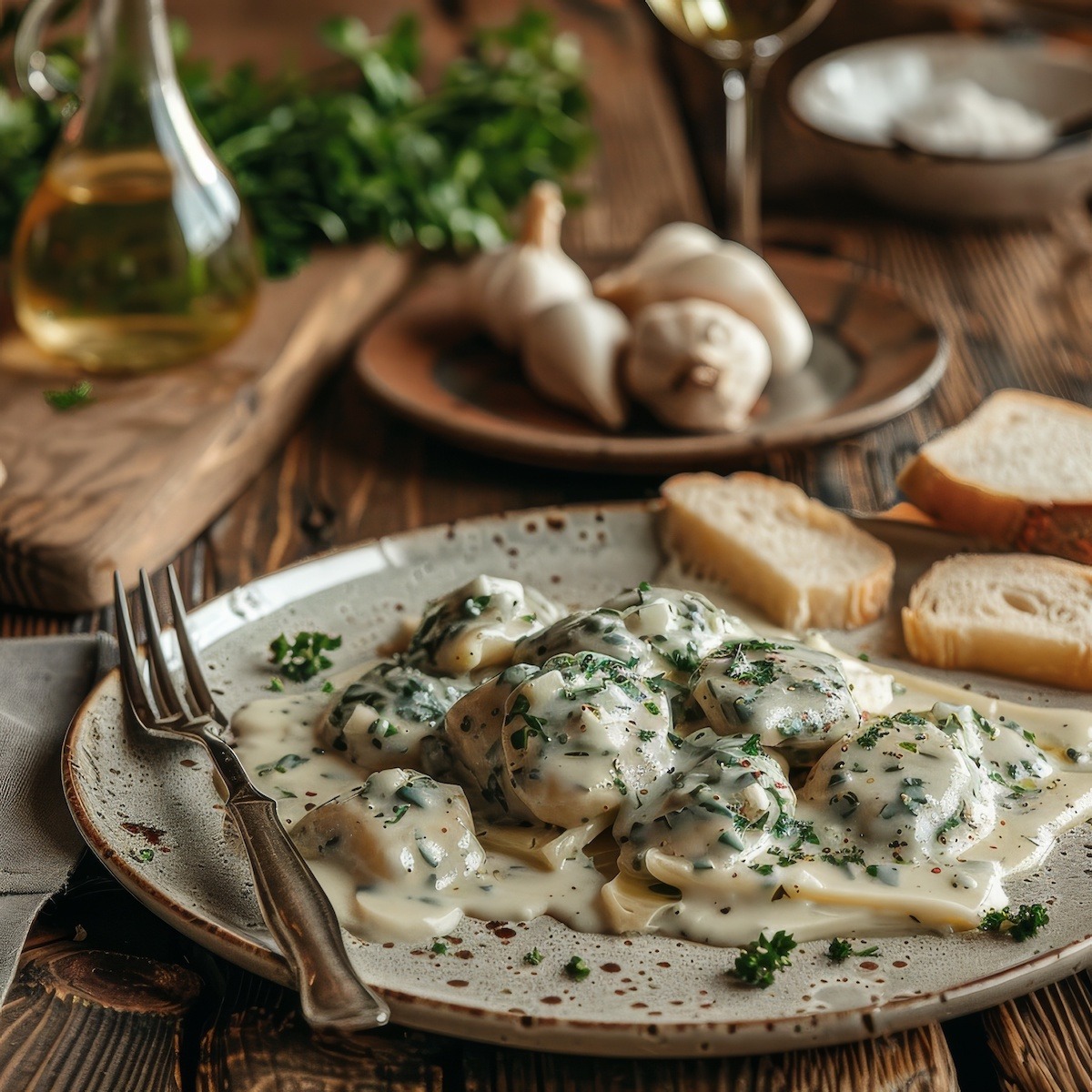
Rumsteck, also known as rump steak, is a lean and flavorful cut of beef from the rump or hindquarters of the cow. In French cuisine, It is highly regarded for its firm texture and pronounced beefy flavor. It is typically prepared by grilling, pan-searing, or broiling to medium-rare or medium doneness to ensure tenderness and juiciness.
One classic way to enjoy Rumsteck in French culinary tradition is paired with Roquefort sauce. Roquefort sauce is a creamy and savory sauce made with Roquefort cheese, a distinctive blue cheese from the South of France. The cheese is crumbled and incorporated into a base of cream, butter, and often a splash of white wine or cognac, creating a rich and tangy sauce that complements the robust flavor of the Rumsteck.
The combination of tender Rumsteck with the bold flavors of Roquefort sauce creates a harmonious dish that is both luxurious and satisfying. The creamy sauce adds depth and richness to the lean beef, enhancing its natural flavors without overpowering them. This dish is often served with roasted potatoes, steamed vegetables, or a crisp green salad, offering a delightful French dining experience that celebrates the marriage of meat and sauce.

